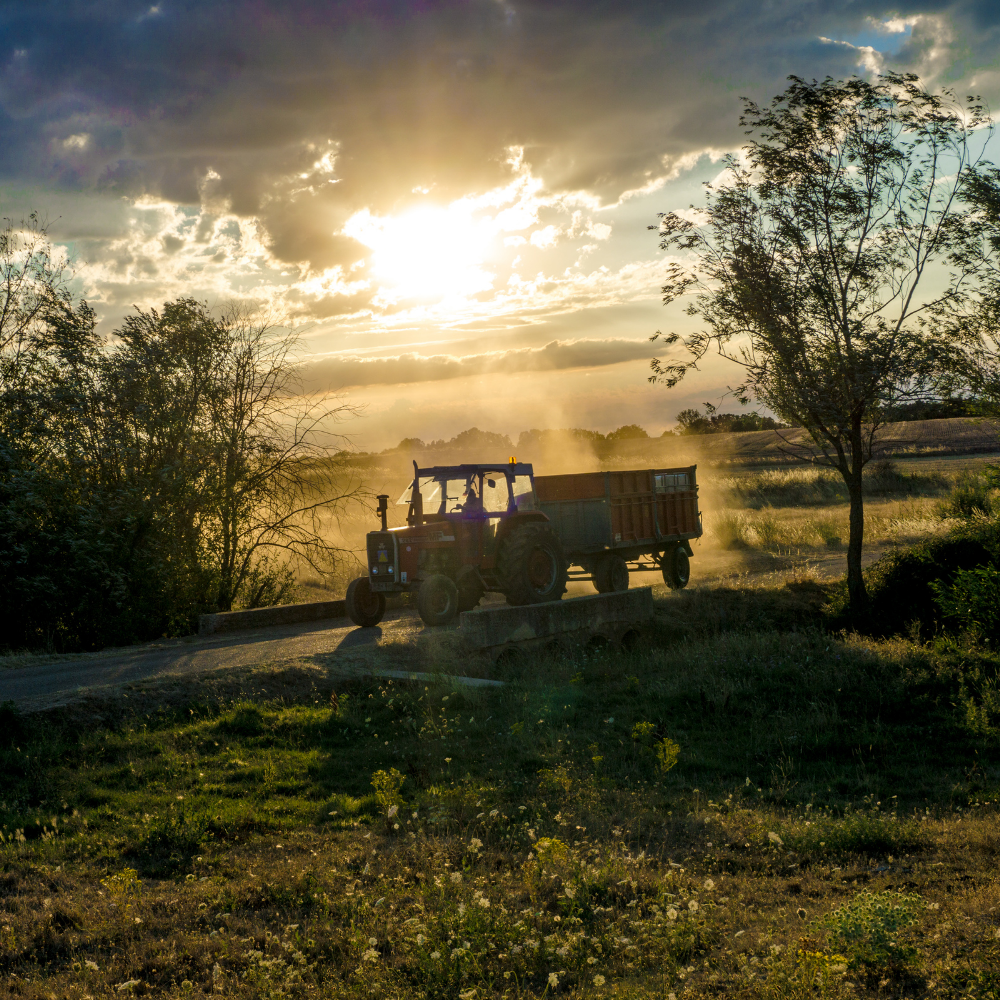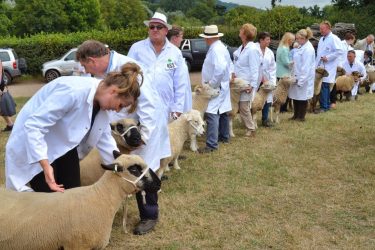By Lewis Graham
As we head into the winter period, attention should be turned to assessing your current future feeding strategy. Faced with unprecedented prices, there is value in looking to improve business margins by increasing the amount of milk your produce from forage.
Yes, it can be somewhat of a dark art, particularly as there are so many contributing factors to consider when it comes to maintaining feed quality. Producing milk from forage, however, does not have to be reserved for one system, such as extensive, low-yielding herds. High-yielding systems can benefit too.
The key is to have a clear plan and willingness to address issues across multiple areas of your system to improve quality, whether that be soil analysis or silage management. You only have to look at the figures to see the value in this; every 0.5MJ change in energy value of forage can make over 400 l/cow difference, over the course of a year. That’s ignoring yield, dry matter and protein content. Of equal significance, we frequently see between years, farms and cuts a wide variation in grass silage analyses from 10-11.5MJ/kgDM.
Let’s delve deeper into the numbers
Conserved forage costing £30/t @ 33%DM costs £90/T DM and @ 11.5ME costs 0.78ppMJ or 4.15ppl. Grazed grass is likely to cost around half of this.
In comparison, a 12.7ME average concentrate now costs £251/t (Milkinder 12-month average to Aug 21) which is equal to 2.25p/MJ or 11.90ppl; 3 times the cost of conserved forage and six times that of grazed grass.
Currently, the average Milkminder herd achieves 2,814 litres from all forage per cow and has a margin over purchased feed of £1860. The top 20% by MOPF achieve 3,406 litres from all forage and a margin over purchased feed of £2,276
The difference between the average and top 20% of herds is a £416/cow margin. The top 20% have significantly higher milk yields – 9,608 versus 8,327, but the same feed rate of 0.32kg/l. Essentially, they are eating more concentrate and forage which highlights that intake is key.
Consider your carbon footprint
Many of you will also be familiar with producing a carbon footprint; important components of this are also very similar to milk from forage but from another angle. The key influencers being:
- How much milk sold kg, (adjusted for solids per cow)
- How much total feed (kgDM) eaten per kg milk
- What % of all feed is roughage
Just as milk produced varies wildly there is also a wide range of DM intakes that can be eaten to achieve this; feed efficiency or every kg of milk produced can vary from 0.8kgDM to an excess of 1.2kgDM and roughage %’s (total forage in the diet) varies from 55% to 85%. There is variance between systems and within them, it would appear management is the most likely influencer, not the system.
An efficient rumen fermentation needs an optimum level of concentrates to help lower a carbon footprint. The simple economics suggest for any given system we should optimise our total amount of home-produced forage, or supplement with bought in forage over bought in concentrates.
We’ve outlined 5 practical ways to improve milk from forage.
1 – Know where you are starting from.
If you don’t measure it, you can’t manage it. Use a dairy costings system and more accurately assess forage quality, measure clamps when full and continually measure every week/month, and record DM intakes of feeds fed or grazed.
2 – Assess the quality and quantity of forage you grow on a field by field basis.
Make sure to review drainage, soil structure and organic matter, sward age and manure, and fertiliser planning. Reseed poorer fields with the latest, best higher sugar grasses and plant maize varieties that are higher starch yielding, and more digestible. Use the BGS/NIAB lists and minimal/direct drill cultivations where possible.
3 – Cut grass younger and more frequently.
Typically, cutting grass younger and more frequently will lead to great quality forage. Cut maize greener and when the cobs are ready to produce more digestible silage. Make sure to cut the crop mid to late morning to ensure it has had enough sunlight on it (increasing sugar levels through photosynthesis), use an additive and seal well chopped/consolidated in the clamp as quickly as possible.
Having an extra tractor to roll the clamp is important to increase consolidation. Using a compactor will also reduce any aerobic instability, and putting bales/heavy mats on the ramp and shoulder will decrease wastage.
4 – Analyse forage and plan to the right level of concentrates.
Analysing forage regularly will help to maximise forage intake and ensure you can still achieve the target milk yield. This will commonly involve some input from a feed supplier or independent nutritionist. Once rations are being fed, monitor the cows’ response frequently (bulk tank, butterfat and protein levels) and then adjust the diet as needed. Different cuts of grass are likely to vary and remember, maize continues to ferment when in the clamp longer so the optimum diet will change throughout the season.
5 – Keep the plan as simple as can be handled by the men and machines.
It’s no good having a complex mix that is too difficult to be consistently delivered to the feed trough. Have a simple chart of instruction sheets for operators, and try to keep a record of what is actually fed. As part of the feed routine, keep the feed trough clean so that the cows get the most appetising offering possible. Keep feed pushed up too; from here on in it’s all about intakes.
What you can do now
As we head into the colder months, the key actions should be – analyse your forage, have a feed plan, record and measure feeds, monitor against the plan and adjust where necessary.
Our Farm Business Consultants are on hand to offer guidance and support when it comes to improving milk yield from forage. We’ll utilise our knowledge and experience to help you develop a clear and concise feed plan, and to analyse your forage. For further details, get in touch today.








